Apple's new 13-inch MacBook Pro is the first to arrive with the Apple Silicon M2 processor, but in every other aspect, it clings to an old design ethos in every regard.
When Apple first introduced the M1, the 13-inch MacBook Pro was part of a trio of devices that would use the chip. As the only MacBook Pro on the list, it demonstrated where Apple Silicon could progress and hinted at what larger MacBook Pro models could offer.
After Apple introduced the M1 Pro and M1 Max-containing 14-inch MacBook Pro and 16-inch MacBook Pro, the 13-inch suddenly became out of place in the roster.
With little difference between the M2 MacBook Air and the 13-inch MacBook Pro, there wasn't that much of a reason to switch from the cheapest model to the second cheapest unless you wanted a hair more performance over lengthy processing runs with active cooling.
The second-generation Apple Silicon launch has brought a new M2 chip, and once again, Apple has put it into the value end of the MacBook range, upgrading both the MacBook Air and the 13-inch MacBook Pro.
Although, as we write this, only one is available today.
2022 13-inch MacBook Pro specifications
| Specifications | 13-inch MacBook Pro, M2 |
|---|---|
| Display Size (inches) | 13.3 |
| Max Resolution | 2560 x 1600 |
| Pixel Density | 227 |
| Brightness | 500 nits |
| Display Backlighting | LED |
| Display Technology | Wide Color (P3), True Tone |
| Processors | Eight-core Apple M2 |
| Unified Memory | 8GB, 16GB, 24GB |
| Graphics (integrated) | 10-core Apple Silicon M2 |
| External Video | 1 6K display at 60Hz |
| Storage | 512GB, 1TB, 2TB |
| Touch Bar | Yes |
| Biometrics | Touch ID |
| Trackpad | Force Touch |
| Keyboard | Backlit with ambient light sensor |
| Dimensions (inches) | 0.61 x 11.97 x 8.36 |
| Weight (pounds) | 3.0 |
| Battery Life | 20 Hours |
| Ports | 2 USB 4 / Thunderbolt 3 ports Headphone jack |
| Webcam | 720p FaceTime HD Advanced image signal processor |
| Speakers | Stereo speakers with high dynamic range |
| Microphones | 3 with directional beamforming |
| Wi-Fi | Wi-Fi 6 |
| Bluetooth | 5.0 |
| Charger | 67W USB-C |
| Color Options | Silver, Space Gray |
| Price | From $1,299 |
A familiar face
However, while the MacBook Air gained many changes that bring it closer to the 14-inch and 16-inch MacBook Pro, the same can't be said about the 13-inch MacBook Pro.
The MacBook Air enjoyed a new display, a design refresh, a new webcam, and many more welcome changes. Externally, the 13-inch MacBook Pro gets practically nothing new.
If you were to compare the specification sheet of the M2 13-inch MacBook Pro against the M1 model, you'd find many of the same details. You still have an 11.97-inch by 8.36-inch footprint and a thickness of 0.61 inches. The pair also weigh the same at 3 pounds exactly.
You'll also look at the same 13.3-inch LED-backlit IPS Retina display, which has thick bezels but no camera notch, unlike its stablemates. The lack of mini LED backlighting from its larger counterparts means its 2,560 by 1,600-pixel display kicks out a familiar 500 nits of brightness and retains the same True Tone and Wide Color (P3) support as usual.
The webcam without a notch is a 720p FaceTime HD camera, continuing to use the same specification as the previous iteration. Sure, it benefits from the advanced image signal processor with computational video that is included as part of Apple Silicon, but disappointingly not an updated 1080p version as seen elsewhere.
Looking on the sides, there's not even a change to the number of ports, as you still have to contend with two Thunderbolt/USB 4 connections and a 3.5mm headphone jack. The latter has at least received an update, with it now including "advanced support for high-impedance headphones."
That low port count isn't helped by the 13-inch MacBook Pro now being the last MacBook device not to have a MagSafe connection. If you want to recharge it, you'll still have to either sacrifice one of the two ports to a charger or rely on a dock or other connecting device with sufficient power delivery over USB-C while also handling data.
Turning to the keyboard, there's no change here either. It's a backlit Magic Keyboard with 65 (US) or 66 (ISO) keys, complete with four arrow keys in an inverted-T formation.
At the top is the Touch Bar, which frustratingly still exists. On other MacBook Pro models, it has been switched out for a row of 12 full-height function keys, leaving the 13-inch the last bastion for those who find the Touch Bar actually useful.
Again, the Touch Bar handles Touch ID duties, which is unsurprising. Down below the keyboard is the usual Force Touch trackpad, complete with pressure-sensitive features enabling Force clicks and multi-touch gestures.
Adding M2 to the mix
The fundamental change for this release is the removal of the M1 SoC in favor of the M2.
The new Apple Silicon M2 processor uses an eight-core CPU with four high-performance chips accompanied by four high-efficiency chips, similar to the M1, except it is 18 percent faster than its predecessor. The GPU has also been updated from an eight-core GPU to a ten-core version, which Apple says represents a 35 percent performance improvement.
There's also the 16-core Neural Engine, which has the same core count as the M1 but runs 40% faster again. Unified Memory is given a boost to bandwidth, from 68.25GB/s in the M1 to 100GB/s in the M2. This is an improvement, but not quite the 200GB/s of the M1 Pro.
There is a boost to memory capacity, with the 8GB and 16GB options joined by a 24GB option. This is a welcome addition, but it's not quite at the 32GB you would typically expect as the next memory level.
While it wasn't included in the M1, Media Engines arrive in the bottom tier of the M2. The hardware video encoder and decoder can handle 8K H.264 and HEVC video, speeding up video processing.
The Media Engine also includes encode and decode engines for ProRes 4K and 8K video, making it more useful for professional productions. This is the same setup as you would expect in the M1 Pro.
Bringing the Media Engine to the M2 certainly opens up the 13-inch MacBook Pro to video editors. But, since almost every model in the MacBook Air and MacBook Pro range has some form of Media Engine, with the exception of the M1 MacBook Air, it's not a standout addition.
Apple also updated the image signal processor in the M2 with better image noise reduction. This would be better felt by pairing it with a 1080p FaceTime HD camera.
Though this is the same as you'd get for the MacBook Air, the 13-inch MacBook Pro benefits from including active cooling rather than passive. You'll enjoy slightly better performance for longer over the MacBook Air with less throttling, simply because the MacBook Pro is shifting air to cool itself down — but more on this in a little while.
When the 2020 editions of the 13-inch MacBook Pro and MacBook Air with the Apple Silicon M1 processor debuted, there was a lot of testing. Speeds were measured six ways from Sunday, and every possible angle was taken on the machines, as there always is.
There was also a lot of Internet drama about the thermals in the two machines. So much content was spun up about how with long loads, the 13-inch MacBook Pro was vastly superior because of the active cooling in the computer.
And again, the "thermal throttling" conversation has fired up. Folks are again talking as if it is somehow new and a scourge on mankind — and not how computing has been for about two decades.
Chips get hot over time. When they get too hot, they slow down a little. Cooling of some sort cools them down. Repeat as necessary.
There is an active cooling system in that 2020 and this 2022 13-inch MacBook Pro, and there isn't one in the M1 or M2 MacBook Air — this is all true. What isn't true is the borderline insane hyperbole about how much it universally matters.
Nearly every workload applied by nearly every user is single-core and a burst process. The processor isn't running long enough, hot enough, for any of this to make a real difference to the overwhelming majority of Mac users looking at this price point.
Of course Apple Silicon thermally throttles. All computers do.
If you render videos or compile code, it will make a very small difference in how long the job takes to complete, and you'll perhaps be hit for a single-digit percentage of time lost versus the total for a render for anything longer than a few minutes. If you're word processing, getting your email, doing most gaming, or just about anything else, it will not be noticeable or matter much, even if you can perceive it.
If max performance, heat be damned, over a long processor-hammering run matters to you, you should be looking at the larger MacBook Pro models or the Mac Studio. Both are within striking distance price-wise of an upgraded 13-inch MacBook Pro.
We started our benchmarks with the all-too-common Geekbench 5. In the single-core test, we scored a 1,928 and a 8,990 in our multi-core test. Cinebench R23 showed similar gains over the M1 model, with a 1,576 for the single-core and a 8,694 for the multi-core.
In our browser benchmark, we saw Speedometer get an impressive 395 runs per minute, which was even above the 293 runs per minute we got on the M1 Max MacBook Pro.
We then turned to some graphics-featured benchmarks. Affinity Photo's test yielded 12,206 for the combined GPU. It scored a 745 in the combined CPU test too. For comparison, the M1 Max scored a 947 on the combined CPU test.
Geekbench 5's Metal Compute test rated the graphics with a score of 30,931. The M1 Pro 14-inch MacBook Pro with the 16-core GPU comparably scored 41,328.
In the aging Unigine Heaven benchmark, running under Rosetta 2, the new M2 MacBook Pro averaged 117.8 frames per second with a score of 2,968. Its maximum framerate was 199.6 frames per second.
When exporting a 20-minute 4K video from Final Cut Pro for Apple devices, it took 10 minutes and 20 seconds. That same video took roughly nine and a half minutes on the 16-core M1 Pro.
During our benchmarking runs, we had a baseline of 38 dBa of ambient noise measured with a Kanomax model 4431 audiometer, with the test gear at head height and distance. When under load and typing on the M2 13-inch MacBook Pro, the highest we could manage when we'd been slamming the machine with workload for an hour was 42 dBa.
And even then, that didn't start to pick up beyond background noise until the CPU temperature hit about 80C in a 21C room, about two minutes into an Xcode compile. After that hour, the fans were at a peak speed of just over 3,300 RPM, well below the theoretical maximum speed of what we think is around 4000 RPM. Time and perhaps a few firmware updates will ultimately tell the tale here.
Blackmagic's Disk Speed Test app on the 256GB model yielded a 1,636 MB/s sustained write speed and a 1,464 MB/s average read speed. The 1TB model was faster with about 2,400 megabytes per second write and 2,800 megabytes per second read speeds wholly gained through increased parallelization and the use of multiple Flash media chips in capacities larger than the 256GB model.
Given what we know about the evolution of this particular MacBook Pro and the reality of the M2 processor as it stands today, these drive speeds are about what we expected and notably slower than the 14-inch MacBook Pro and Mac Studio.
But, from that perspective, the new MacBook Pro was never intended to compete with either of those machines on any level. If you need blistering drive speed, get the higher-tier Pro-level machines.
Largely unchanged internals
The rest of the specifications list for the M2 13-inch MacBook Pro continues the trend of not being massively different from the M1 version.
On power, it has the usual 58.2-watt-hour lithium-polymer battery, which again provides up to 17 hours of wireless web usage and up to 20 hours of Apple TV app movie playback. Our battery tests, while we've been using it for about the last week courtesy of some members of the US Department of Defense, about bear out Apple's estimates.
What is different is the inclusion of a 67W USB-C Power Adapter rather than a 61W version. This helps with charging, but not by a massive amount, and you're still occupying one of the two available Thunderbolt ports to do so.
For listening to audio, the 13-inch lacks the higher speaker counts of the other models, so it's stuck with two speakers working in stereo. They still offer wide stereo sound and a high dynamic range, along with Spatial Audio support for Dolby Atmos and AirPods dynamic head tracking.
The built-in microphones are, as you can guess, the same "studio-quality" three-mic array with a high signal-to-noise ratio and directional beamforming, which can help for the built-in "Hey, Siri" support.
There's not even a change to wireless connectivity, with Wi-Fi 6 and Bluetooth 5.0 still Apple's preferred networking standards. Nothing else on the MacBook Pro side has gone any further with wireless networking, but it's probably time Apple considers updating this area too.
Pro as marketing
AppleInsider has a lot of self-described "Pro" users, and we aren't going to contest that because we have a pretty good handle on what most of you do, based on what you've explicitly told us. But, we are going to contest that there is one true definition of a "Pro" user beyond "makes money with Apple hardware."
What Apple means remains totally different. All Apple has ever meant with the "Pro" name is that whatever gets the label isn't on the lower end of the product line.
Technically, the new 13-inch MacBook Pro may be "Pro," but now all it apparently means for this particular product is that it costs a little more and "has a fan" versus not having one.
The new 13-inch MacBook pro sits in a strange place. Sure, it's got that active cooling to set it apart from the newly redesigned MacBook Air, but for nearly every buyer, it won't matter one bit.
We'll test this more later, of course, when the new Air ships in what we expect will be late July. But, regardless of some over-blown YouTube shocked faces declaring otherwise, the actual difference between the M1 MacBook Air with no fan and the 13-inch MacBook Pro was very, very small and not worth the $200.
You have options if you're one of the few that needs to run long calculations. By the time you add RAM and more storage to the 13-inch MacBook Pro today at Apple's undiscounted prices, you're within striking distance of sale price territory for a 14-inch MacBook Pro or Mac Studio, both with a better cooling system and better processors.
We've heard, but can't absolutely confirm, that this form-factor still exists because Apple has an enormous quantity of the 13-inch MacBook Pro metal sticking around. There's not a lot of evidence to fully support that, but it makes sense, given the lower-quality FaceTime camera and the sole surviving Touch Bar remaining on the model.
At what price, that Pro, though?
The new 13-inch MacBook Pro has a relatively small "Pro" premium on top of the new MacBook Air. And, for that premium for the first-shipping M2 computer, you get a slightly smaller screen, don't get MagSafe, have a two-speaker system versus a four-speaker one, and stick with poorer FaceTime camera.
There's been a lot of talk about how the new MacBook Air will be the superior machine. On paper, we think that this is the case, given the better screen, the improved FaceTime camera, and the newer design of the MacBook Air.
All of that is a lot to disregard for a fan.
That said, we aren't yet 100% positive that the performance will be about the same between the two machines for 95% of the users as it was in 2020. Ultimately, confirmation on that will have to wait until they're both shipping to be sure.
Assuming the performance difference between the 2022 13-inch MacBook Pro and 2022 MacBook Air is about the same as it was in 2020 if you need a machine now, must have the M2 processor, and absolutely cannot wait for the MacBook Air to ship, then new 13-inch MacBook Pro is fine. With the purchase, you get more speed than the last chassis for about the same cost.
But, since we're not in that vacuum, and there is a machine in close proximity imminent, we recommend waiting on a purchase — if you can. We're expecting extremely rapid sell-outs on the new MacBook Air. And we're expecting limited — if any — custom configuration availability.
So, ultimately, your decision may be made by what's actually available to buy when you're ready to go.
While we already spoke about Apple likely having a large amount of case assemblies for this unit as an impetus for making this model, it's also the back-to-school season. Given the still fractured nature of the supply chain at nearly every angle of execution, Apple needs to have something to sell. The 13-inch MacBook Pro will likely be easier to keep in stock than the more modern MacBook Air redesign will be.
Of course, this is moot if you're a giant Touch Bar fan. Then, get the M2 13-inch MacBook Pro because you literally have no other choice.
Pros:
- Improvement over the 2020 M1 13-inch MacBook Pro
- Still quiet under load
Cons:
- Two Thunderbolt ports without a power port is still not enough without a dock
- There's the MacBook Air on the horizon, and that looks better
- Six-year-old design
And yes, it's time for the real-world unnecessary, but Google-demanded score.
The M2 13-inch MacBook Pro is an evolution and not a revolution in the Mac. It is an incremental upgrade to the previous model, and it will do fine for "Pro"-power seeking folks on a budget. For those folks, this is a 4 out of 5 machine.
And, it's a 4 out of 5 machine at this price point if you have no other alternative because of supply chain issues.
But, Apple Osbourned itself, announcing the MacBook Air within the same hour of WWDC. That machine is newer, adds MagSafe charging so you don't have to sacrifice one of the two ports on the machine, has a better screen, and a better webcam.
And like we said, it will have an incredibly hard time keeping them on store shelves. For folks looking at the newest design with that M2 processor, the MacBook Air appears to be the target to shoot for.
For those folks, assuming MacBook Air availability is good — and Apple has warned about "headwinds" in supply about the quarter already — the 2022 13-inch MacBook Pro is a 3 out of 5.
Overall score: 3.5 out of 5
Save $149 on AppleCare for the M2 MacBook Pro
For a limited time, save $149 on AppleCare for the M2 MacBook Pro 13-inch at Apple Authorized Reseller Adorama when you shop through this activation link and enter promo code APINSIDER during checkout. Need help with the coupon? Here are step-by-step activation instructions.
You can also compare prices across leading Apple resellers in our M2 MacBook Pro Price Guide.
 Mike Wuerthele
Mike Wuerthele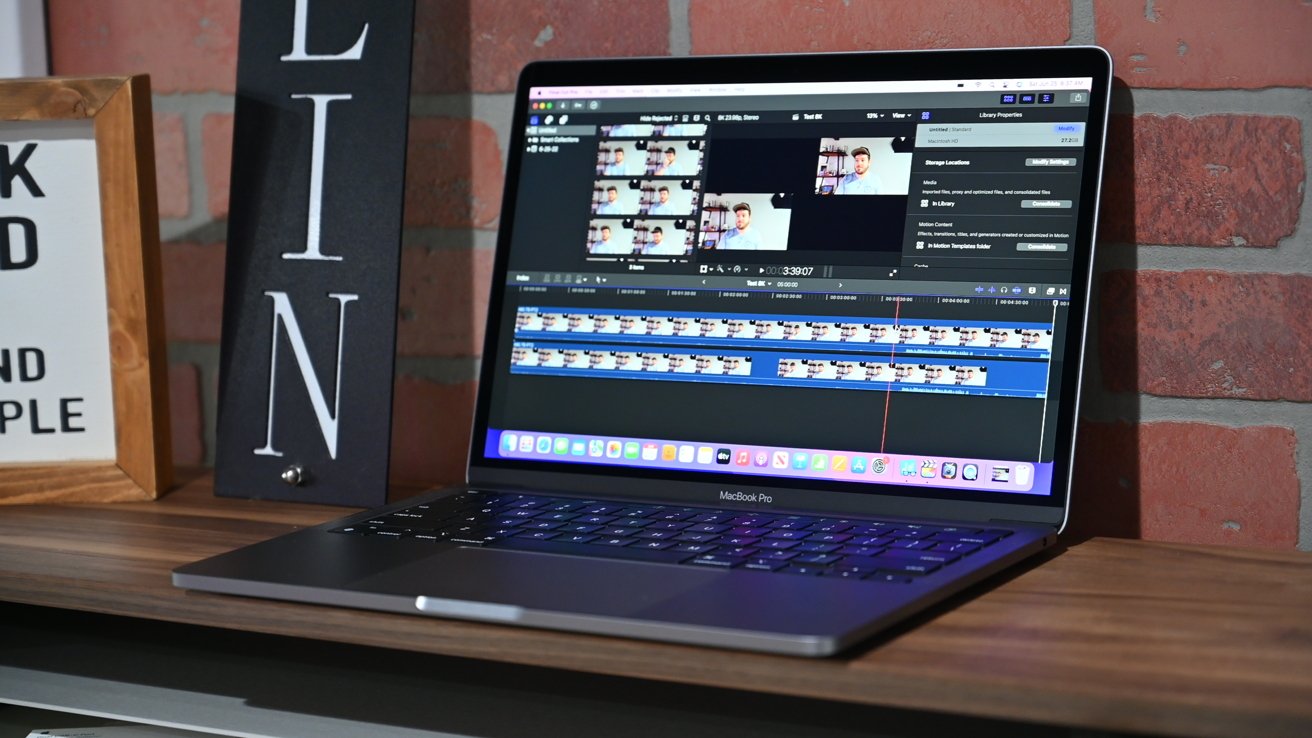
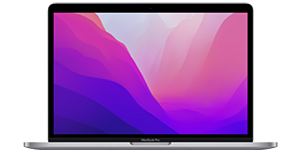
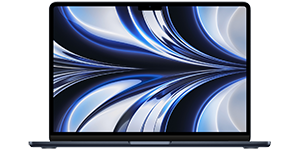
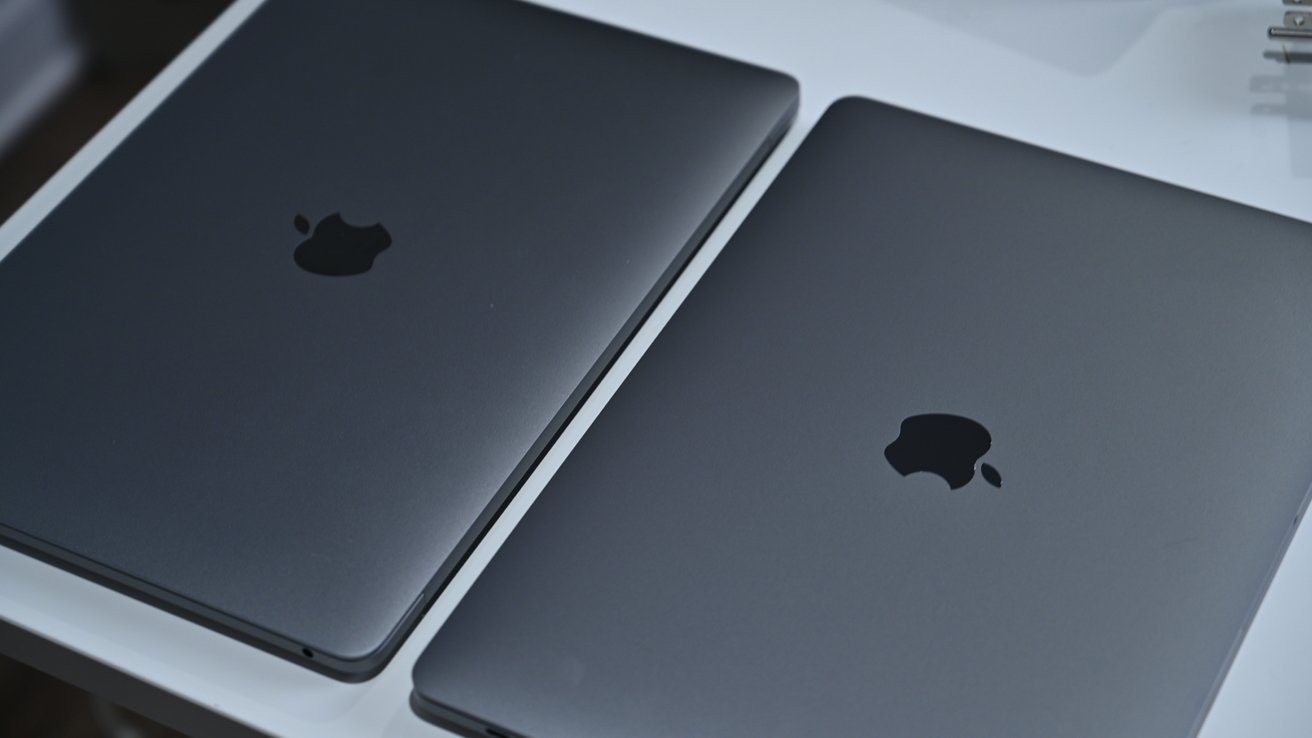
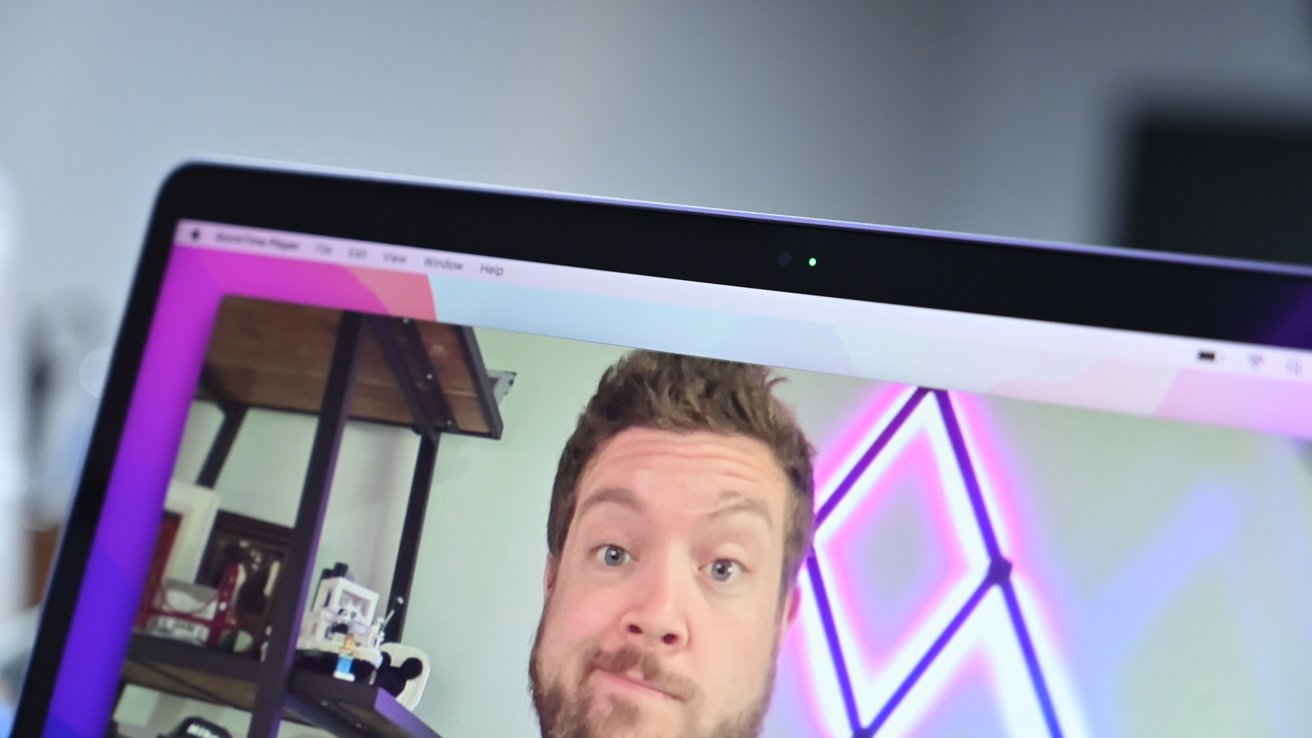
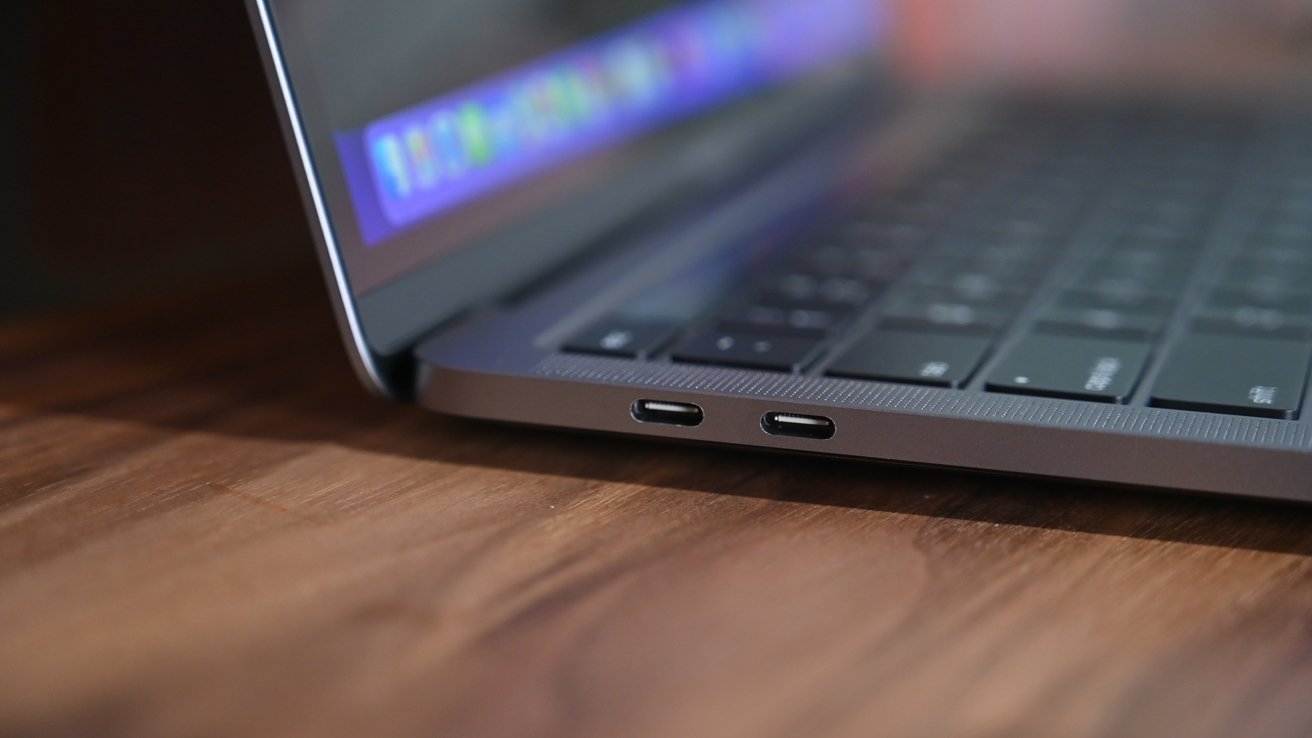
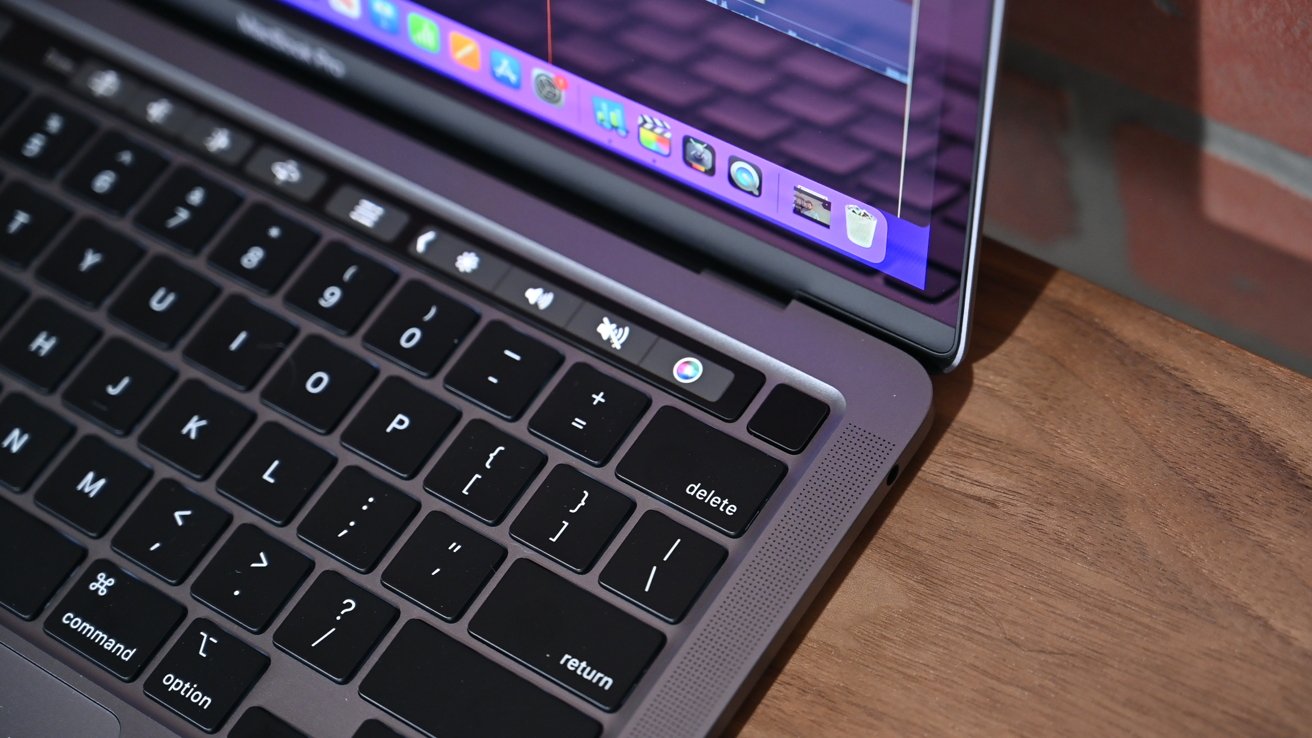
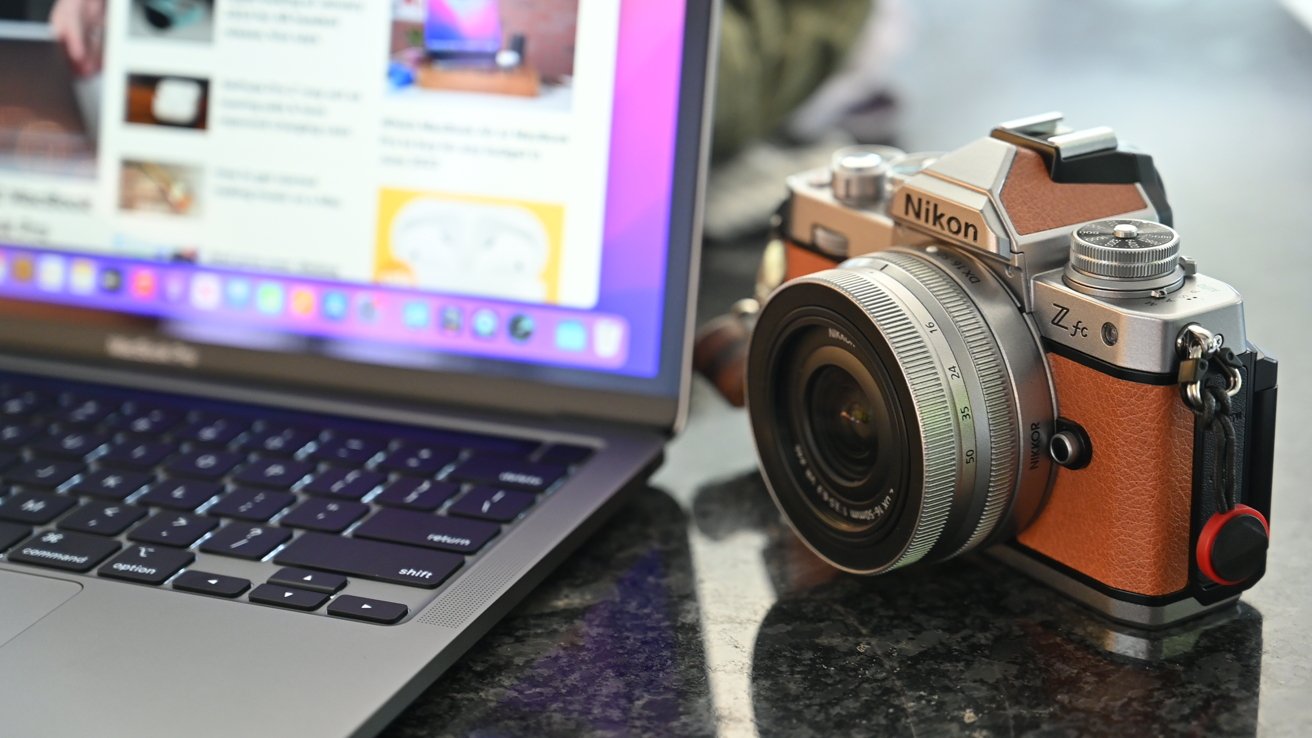
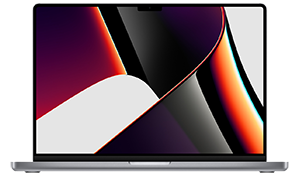
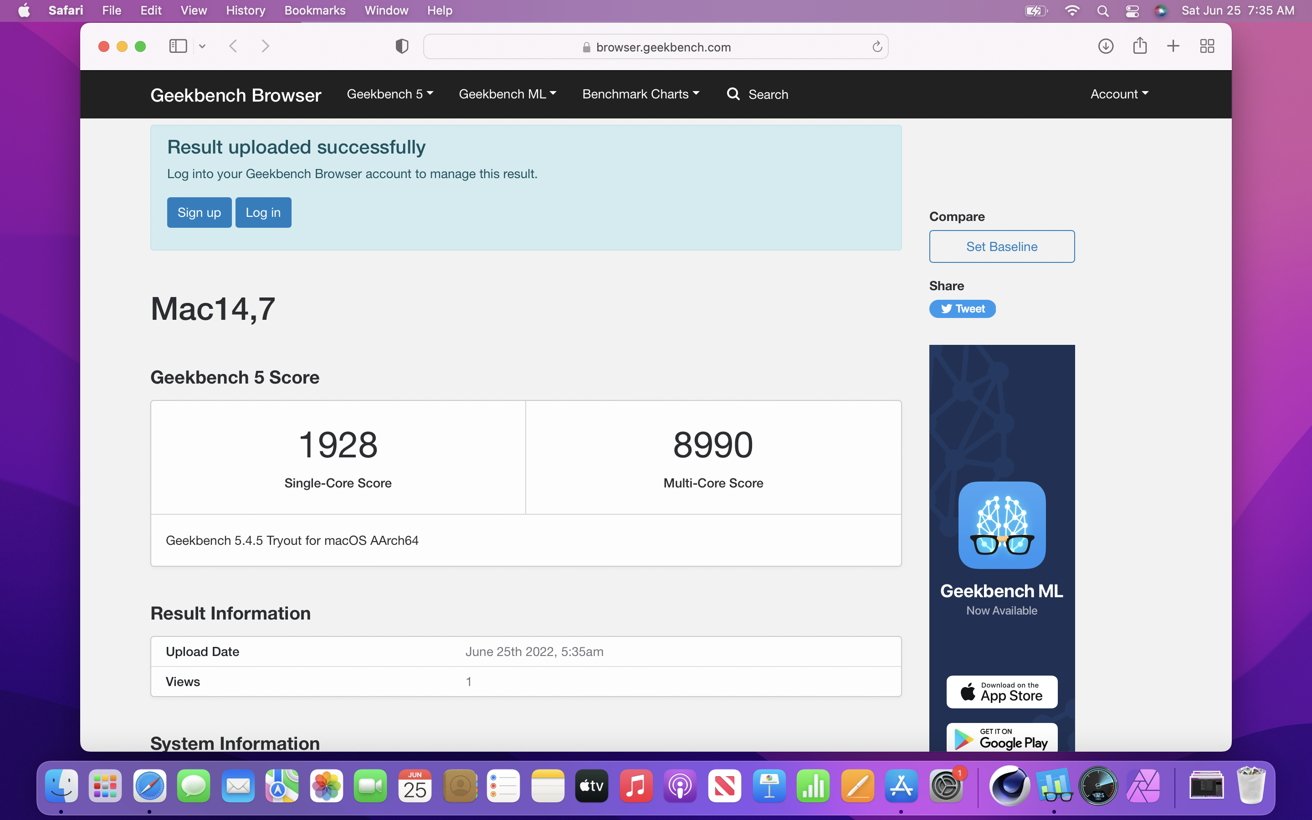
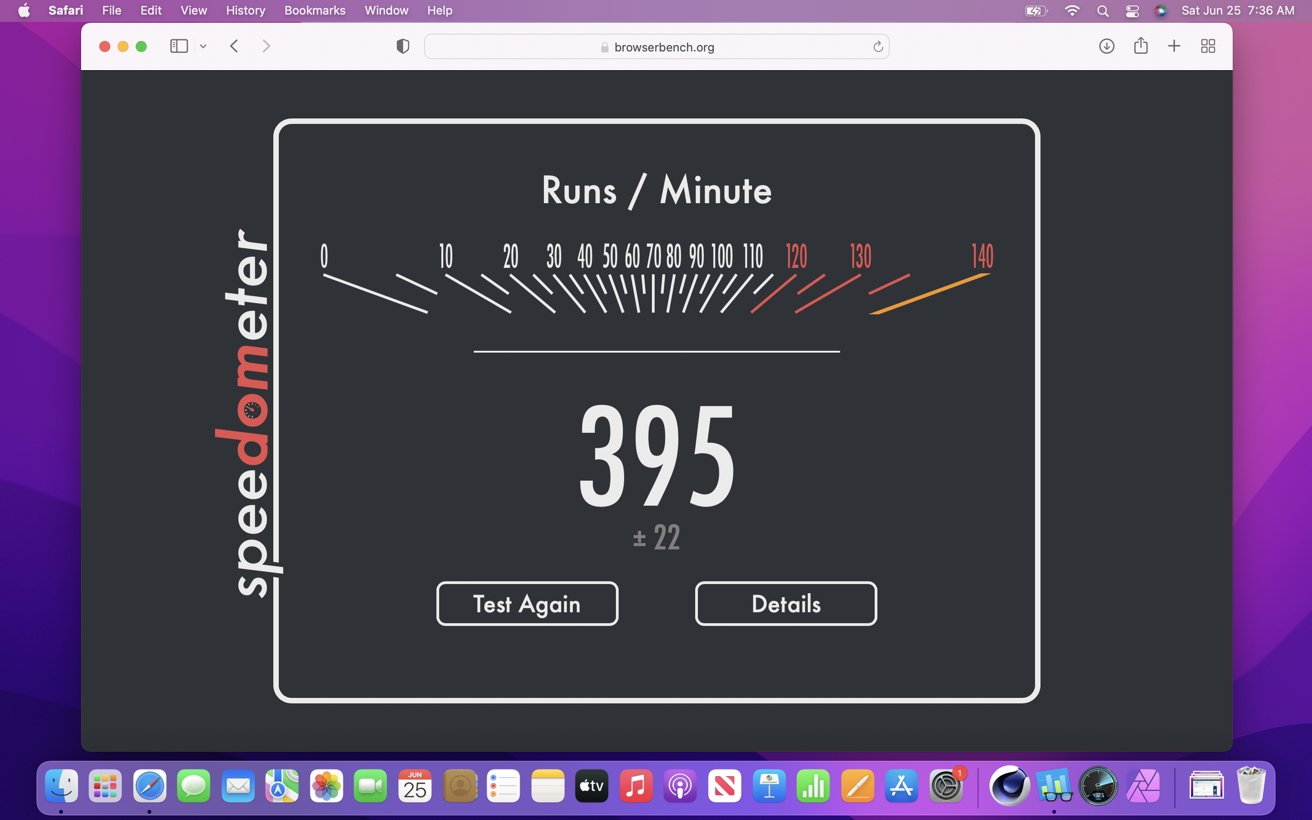
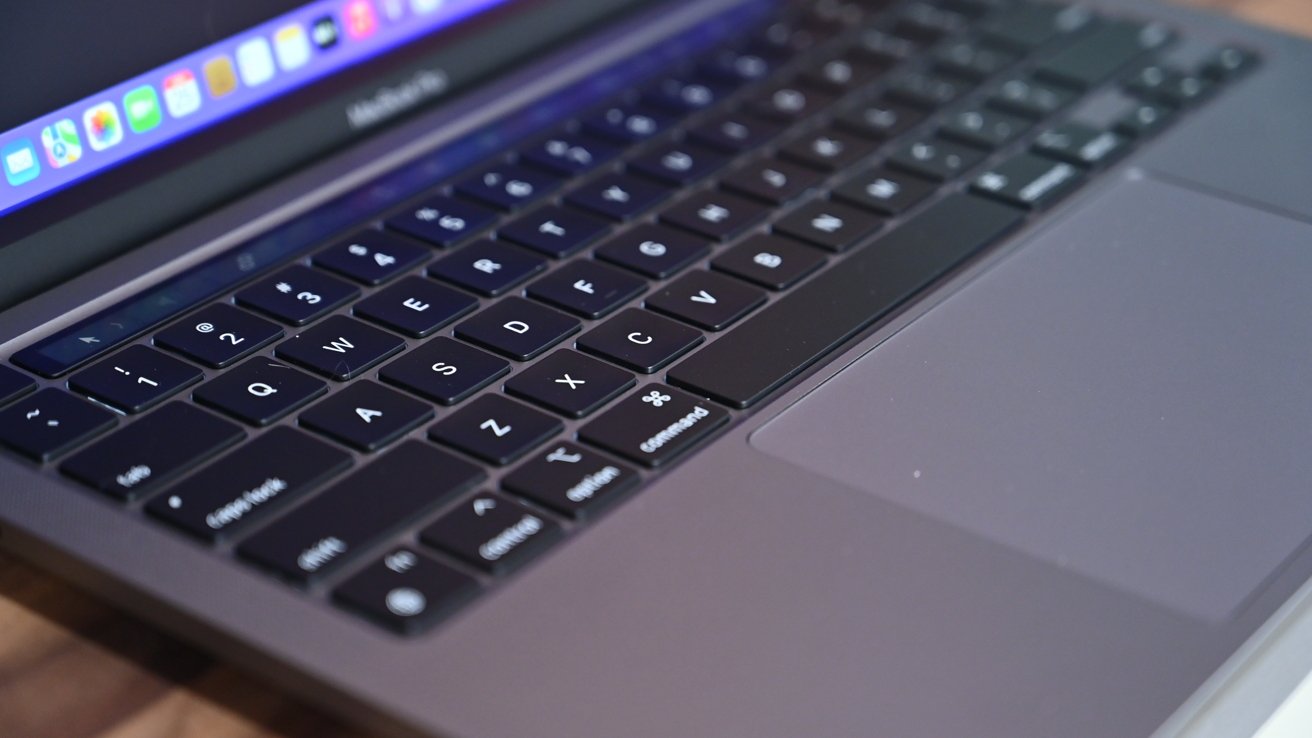
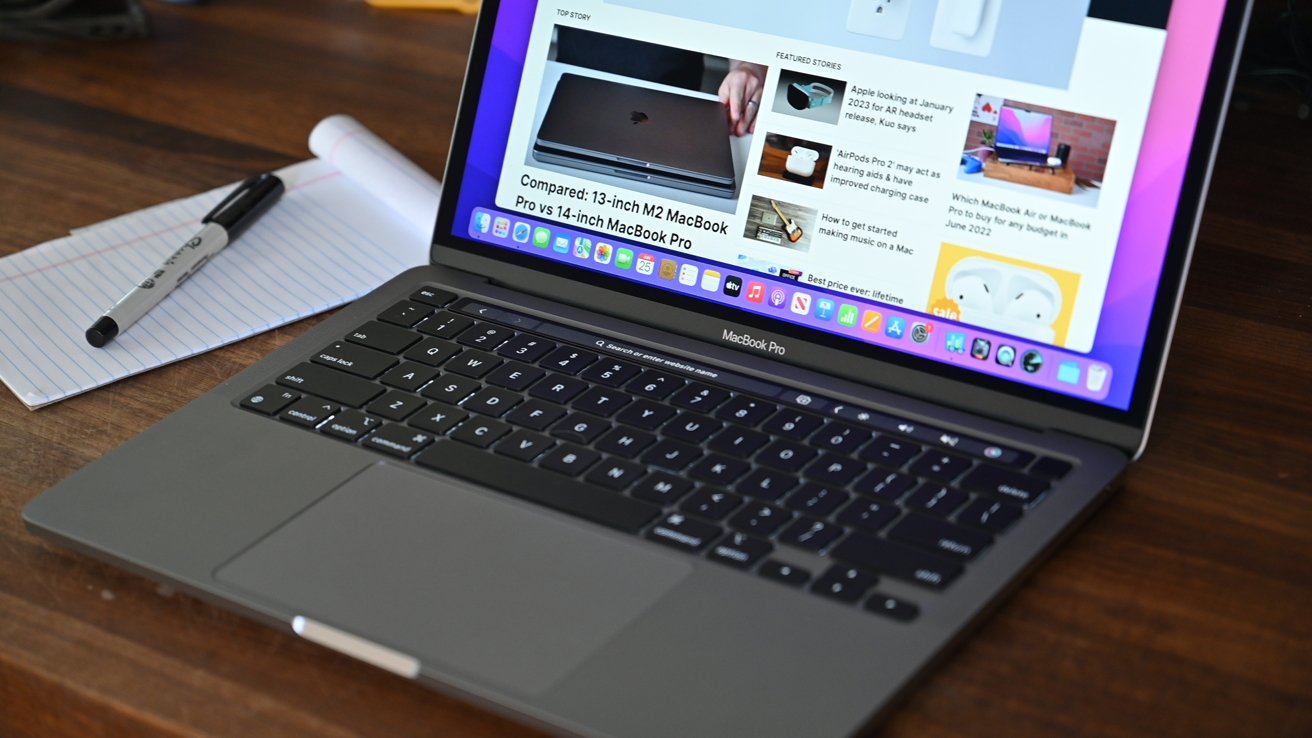
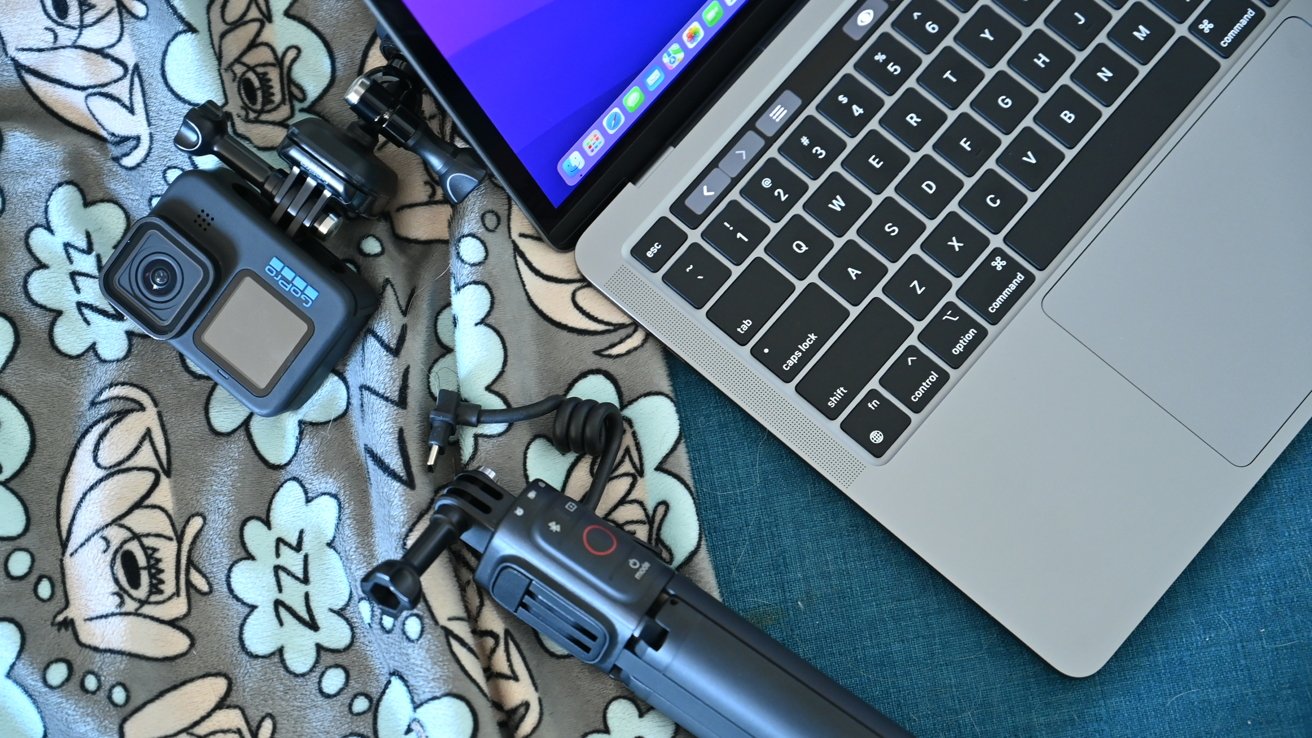
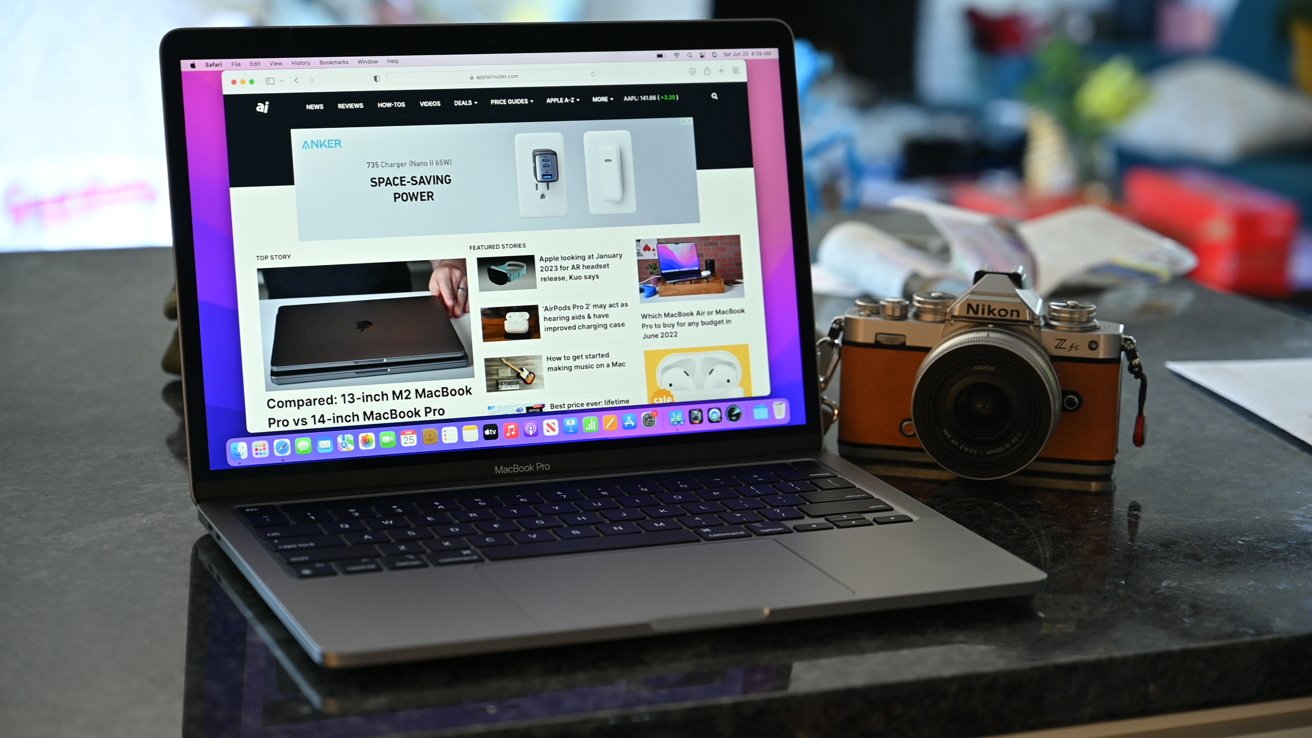
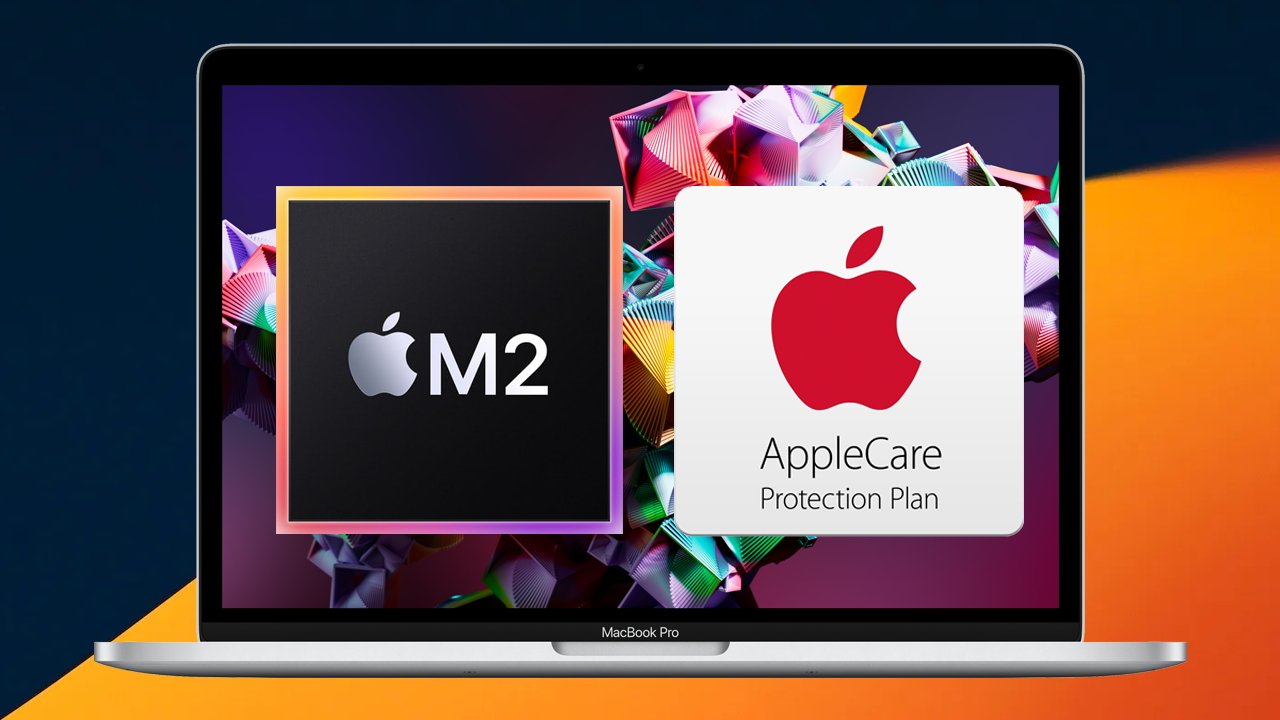

-m.jpg)






 Marko Zivkovic
Marko Zivkovic

 Christine McKee
Christine McKee
 Amber Neely
Amber Neely
 Wesley Hilliard
Wesley Hilliard

 William Gallagher
William Gallagher


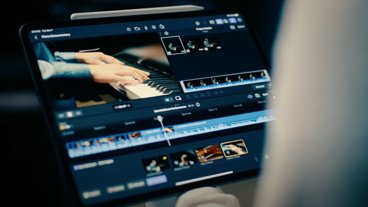







47 Comments
"Incremental" and "unexciting." Perfect description. Of much more than the MacBook.
OK, what part of the word “upgrade” is so hard to understand?
It’s better than the previous version.
If they hadn’t upgraded it, would you have written an article complaining they kept a “tired old machine around” ????
Enough with the “not a big enough upgrade” pieces. If there’s nothing to write about, just don’t write.
FYI: it's just as easy to downplay the screen/camera difference between the base M2 MBA and base M2 MBP as it is to downplay the GPU/cooling difference.
Retina + Wide Color (P3) + True Tone + 500 nits brightness is not exactly a poor screen spec relative to most laptops on the market. That means you can easily say most users aren't really going to experience a huge difference between the two in most use cases, same as the GPU/cooling differences. Likewise, can anyone argue that there's a big usability difference between 720p and 1080p for a web cam? Yes, 1080p is technically higher but so is a 10 core GPU (M2 MBP base) versus an 8 core GPU (M2 MBA base).